Happy Labor Day weekend! We hope that everyone has a great time celebrating and easing into the last part of the year. If you are celebrating, are you wearing white? Or, will you be wearing any white to your upcoming fall celebrations? “No white after Labor Day” is a rule that most people are familiar with, but may have only vague ideas regarding the origin. Personally, I always thought it was simply a stylistic thing as white is so much more comfortable and light to wear in the summer than are other colors.
As with many fashion origin stories, there is a lot more than meets the eye when it comes to where no white after Labor Day came from. Even if I can’t provide you with an open and closed explanation I hope you will enjoy speculating with me this weekend.
The snobbery of the wealthy?
The most widespread theory I found online for the origin of no white after Labor Day is that it was a rule somehow enforced in the late 19th century by the wealthy. Some believe that the onset of vacation or leisure culture put especially wealthy people in public wearing white, something uncommon previously as people would typically wear darker colors in the cooler months out of necessity. But when those with disposable income began traveling to warmer climates during the winter, it is theorized that they purposely wore white to demonstrate their ability to be spending time outdoors unconcerned by cold weather.
The idea is that due to the social clout of so many of these travelers they created an unspoken rule about anyone outside of their class wearing white after Labor Day, commonly seen as the end of summer. Others speculate that wearing white after the start of September was a way for the wealthy to show off, thus discouraging anyone from wanting to be associated with such snobbery.
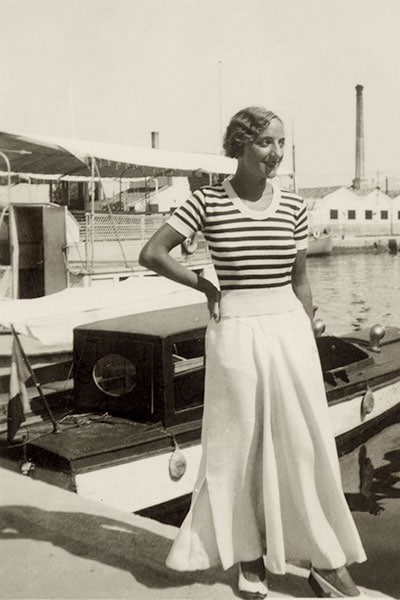
While it is a simple (ish) explanation with a clear villain, there is little proof to back it up. Reads a 2021 article on the topic by Marie Claire:
“Some etiquette authorities like Judith Martin, rebuff this class theory, with Martin telling Time, “There are always people who want to attribute everything in etiquette to snobbery. There were many little rules that people did dream up in order to annoy those from whom they wished to disassociate themselves. But I do not believe this is one of them.”
The true reason could be much simpler: After Labor Day, the first Monday of September, became a federal holiday in 1894, it came to mark the end of summer. Vacationers packed away their breezy white dresses and linen button-downs in favor of darker-hued clothing, like navy suits and gray sweaters. “There used to be a much clearer sense of re-entry,” explained Steele. “You’re back in the city, back at school, back doing whatever you’re doing in the fall—and so you have a new wardrobe.”
A sign of being in the “know”?
Another theory, and one that I tend to lean toward, is that for a number of decades, particularly mid-20th century, not wearing white after Labor Day simply signified that a person was aware of the rules of fashion and social customs, thus allowing for a certain acceptance by high society.
In theory, this makes more sense to me. The problem is that there is virtually no mention of the white rule in fashion magazines or the widely published etiquette manuals of the time. A great blog post by Etiquetteer explores this very idea. Hoping to find references to the rule and failing they write:
“Etiquetteer turned first to his own library of etiquette books:
The Book of Good Manners: A Guide to Polite Usage for All Social Functions by Frederick H. Martens (1923) overlooked it. Kindly Etiquette for Busy People by Rae Welch (1936) declined to include it. Emily Post’s Etiquette (the 1937 edition) made no reference to it. Today’s Etiquette by Lillian Eichler (1940) maintained silence on it. Esquire Etiquette: A Guide to Business, Sports, and Social Conduct (1953) did not mention it. Amy Vanderbilt’s Complete Book of Etiquette (1954) failed to discuss it. I Try to Behave Myself by Peg Bracken (1964) completely bypassed it.
Judith Martin, upon whom may the Deity of Your Choice heap many blessings, at last mentions it in her definitive Miss Manners’ Guide to Excruciatingly Correct Behavior (1982). She seconds her approach even more vigorously in Miss Manners’ Guide to the Turn-of-the-Millennium (1990), which Etiquettteer encourages you to read on page 149. And she further clarifies in Miss Manners Rescues Civilization (1996).”
I was able to find a digital copy of Miss Manners’ Guide to Excruciatingly Correct Behavior and the passage Etiquetteer cites is hardly a satisfying bit of evidence for no white after Labor Day being the rule of the refined. The passage reads:
Dear Miss Manners:
I think some in our family don’t know dress etiquette. I told my family members that you should not wear white when there is an R in the month. They doubt my knowledge. Do you?
Gentle Reader:
For a moment there she did, Miss Manners must confess. “Oysters!” she felt like calling out. “You poor soul, you’ve mistaken your shoes for oysters.”
The apparently nonsensical lament refers to the instruction (not issued from the realm of etiquette) that oysters should be eaten only in the months that have the letter R in their names, names, namely September through April. The season for the ban on wearing white shoes (not on anything white, for example, it does not apply to shirts or teeth) is Memorial Day through Labor Day….
I don’t know about you, but I don’t think Miss Manners was very convinced that white after Labor Day was all that repugnant!
Coco Chanel
There are photographs of Coco Chanel peppered around blog posts on the topic. The images show Chanel proudly wearing white late in the year, with statements about how she was sticking it to the elite. While it may be nice to think of her intentionally slighting her own customer base, I think that it only serves as proof that this was a fashion rule that was never really adhered to all that widely.
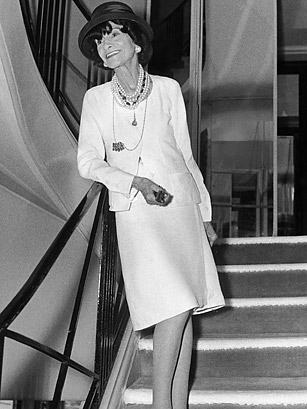
And the verdict is…
Keep your eyes out this fall and winter and you will probably notice a lot of people wearing white. I personally have more than one white sweater that I really enjoy. Semi-officially, it is no longer a question of what month it is, but rather what each individual prefers to wear and when. The Emily Post Institute, still considered a top authority on social graces has stated:
“Of course you can wear white after Labor Day, and it makes perfect sense to do so in climates where September’s temperatures are hardly fall-like. It’s more about fabric choice today than color. Even in the dead of winter in northern New England the fashionable wear white wools, cashmeres, jeans, and down-filled parkas. The true interpretation is “wear what’s appropriate—for the weather, the season, or the occasion.”
Please let us know in the comments! Will you be wearing white after Labor Day this year?

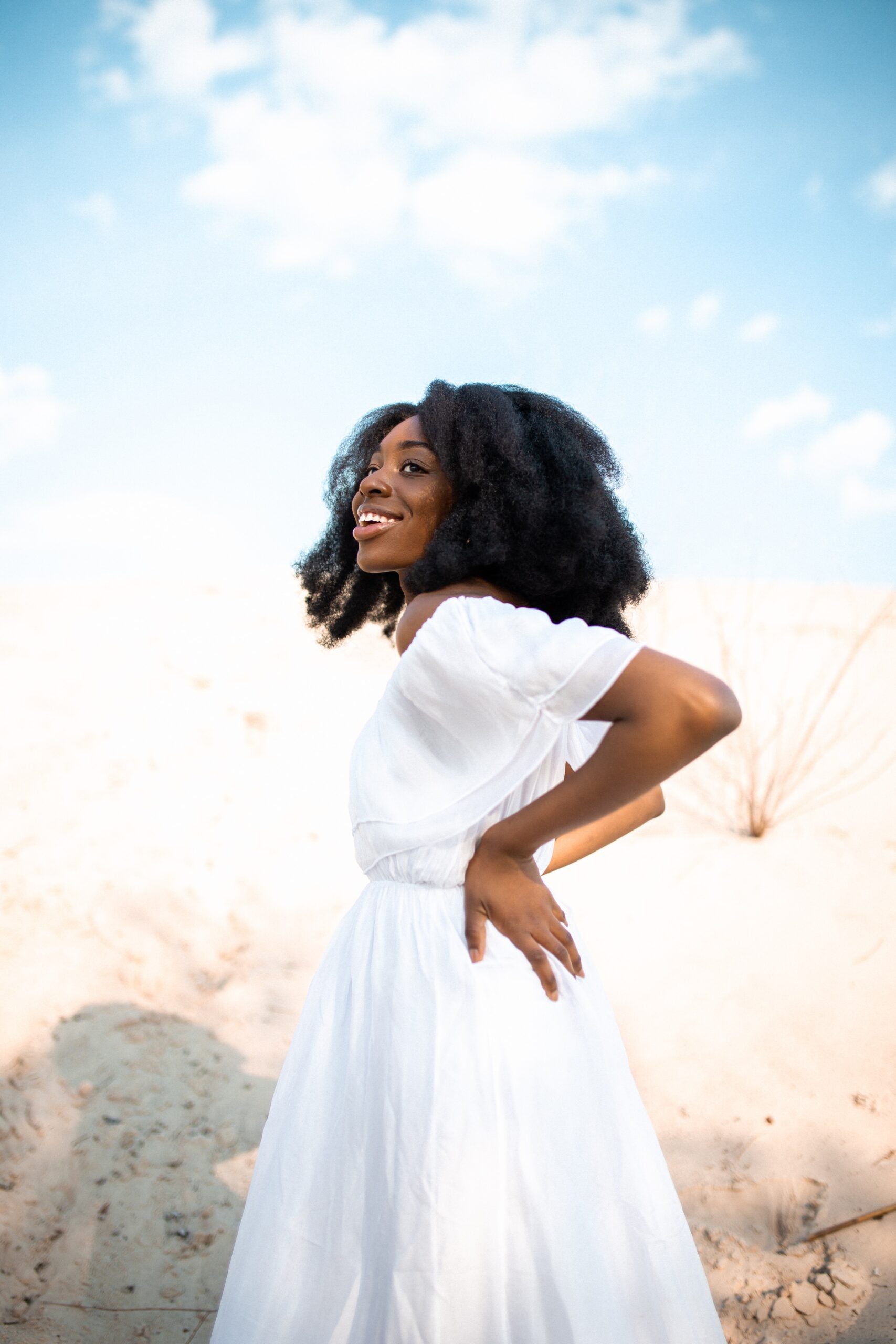
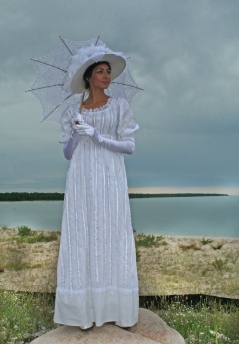
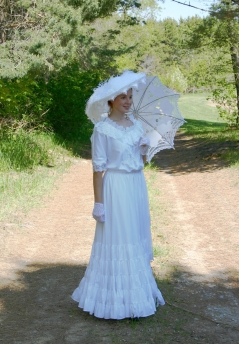
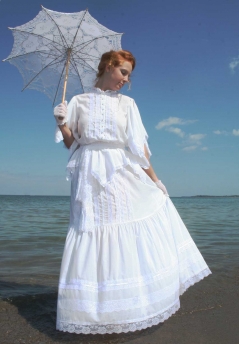


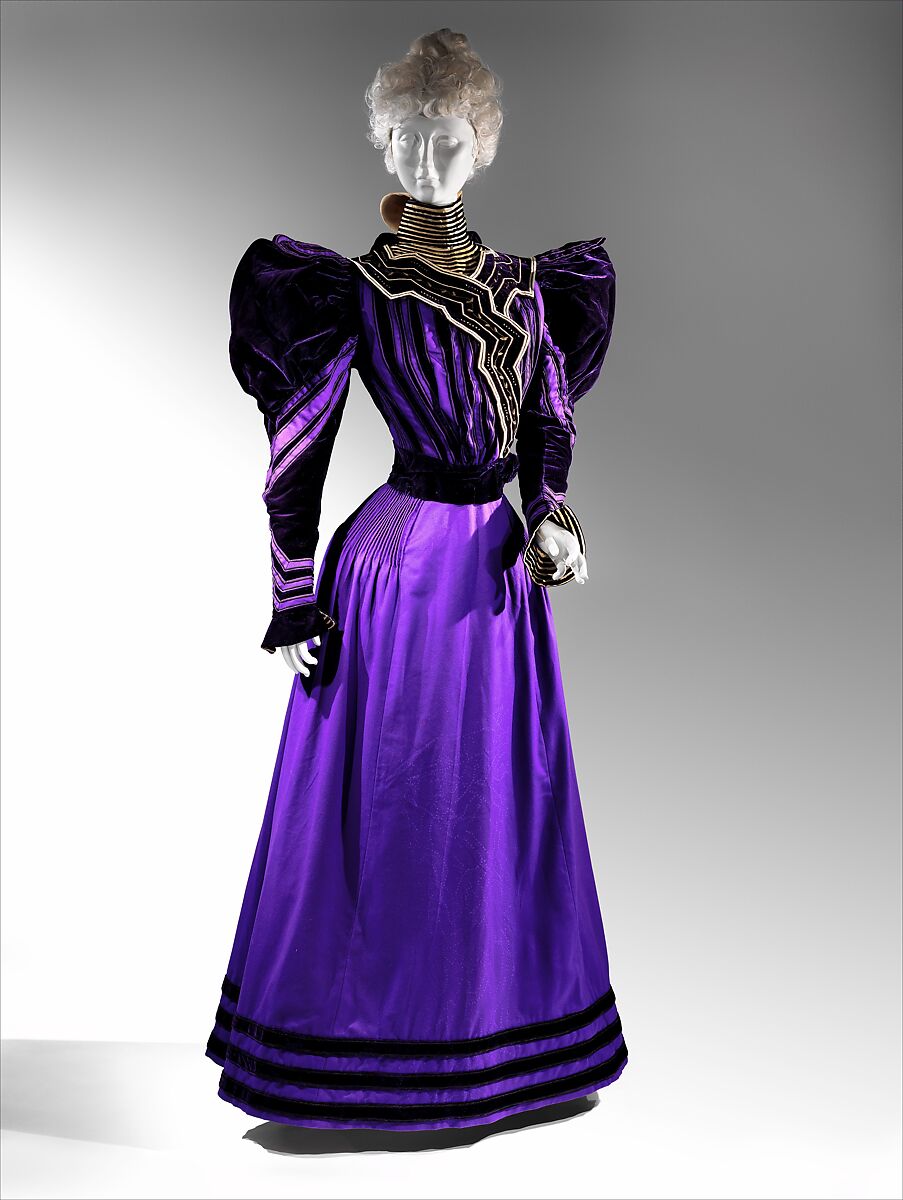

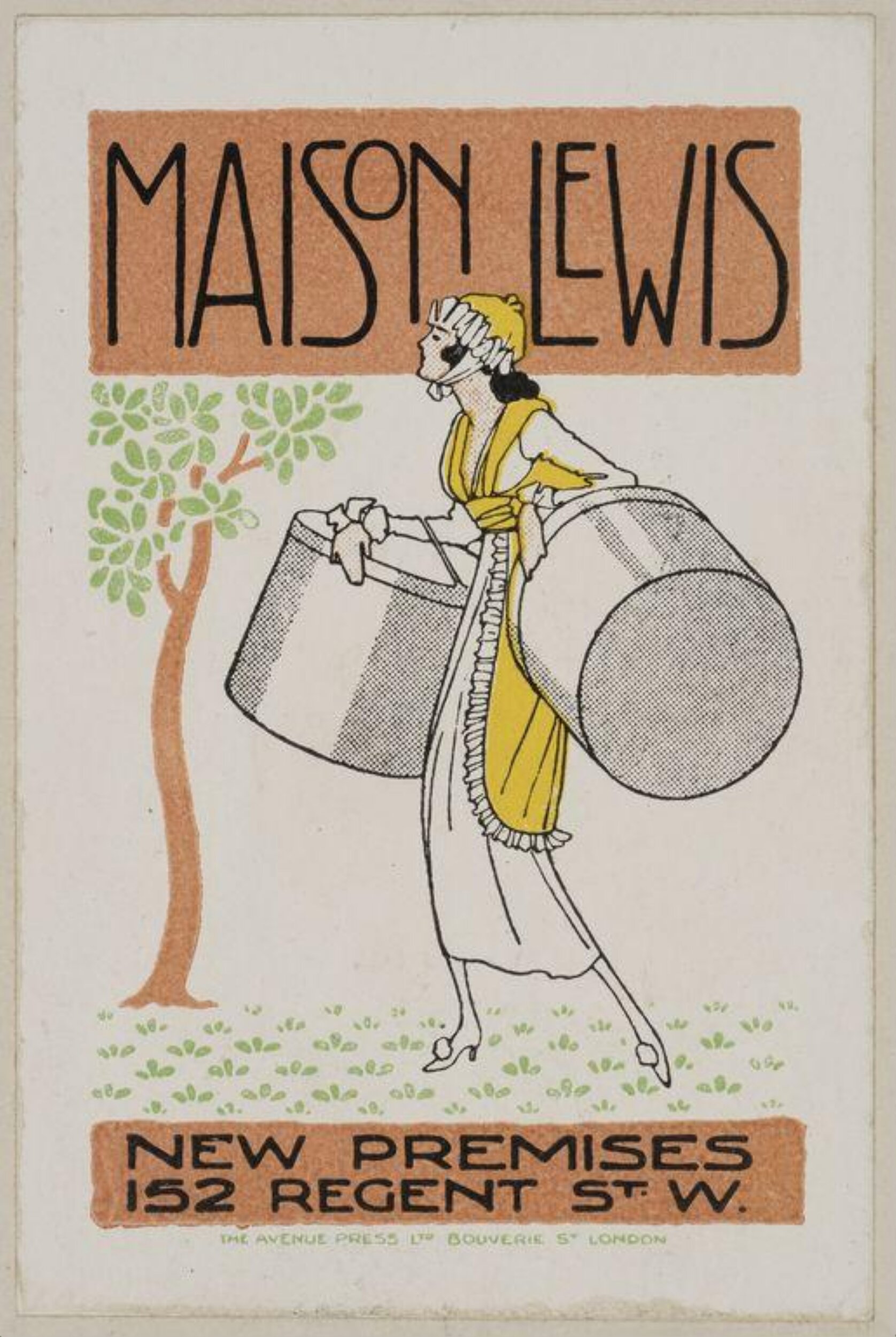
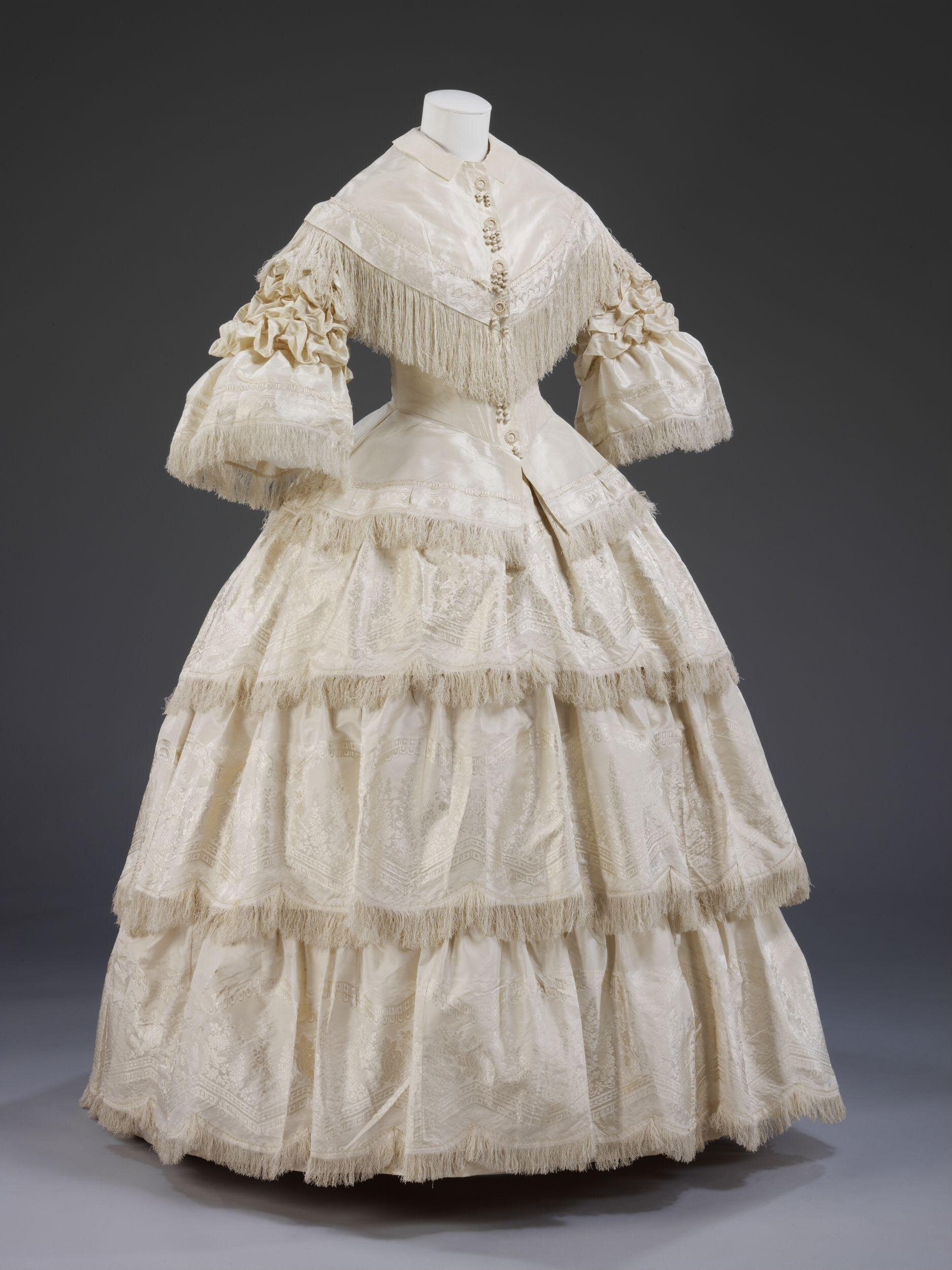
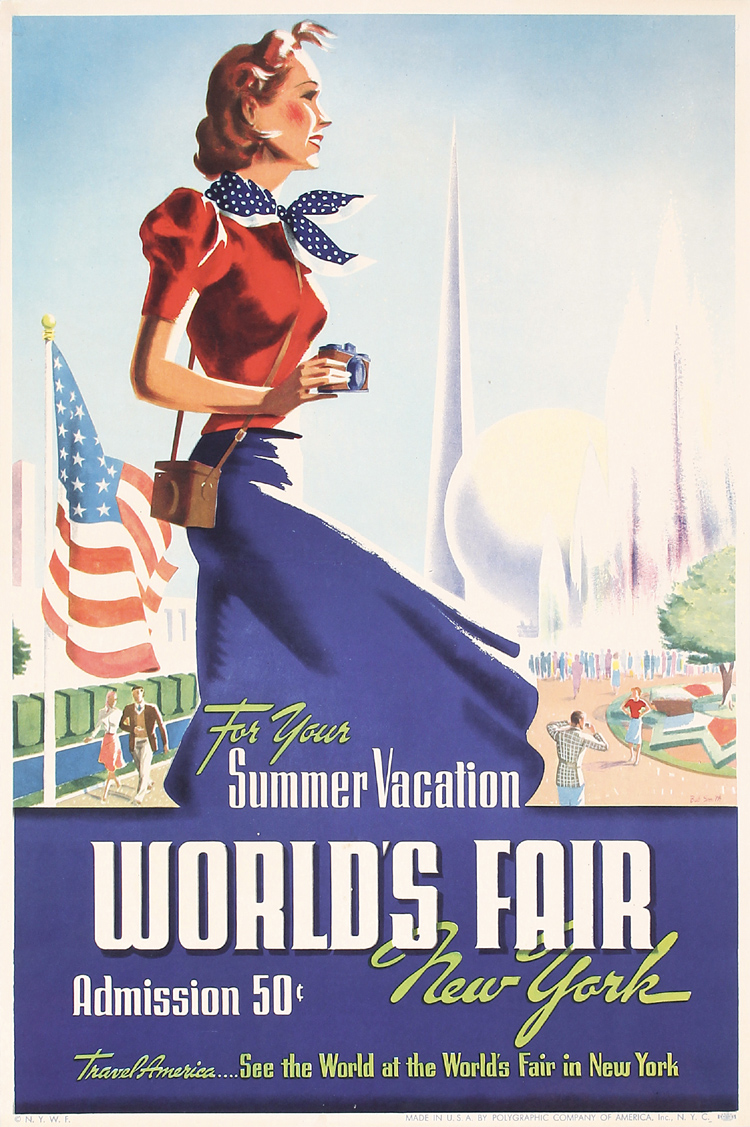
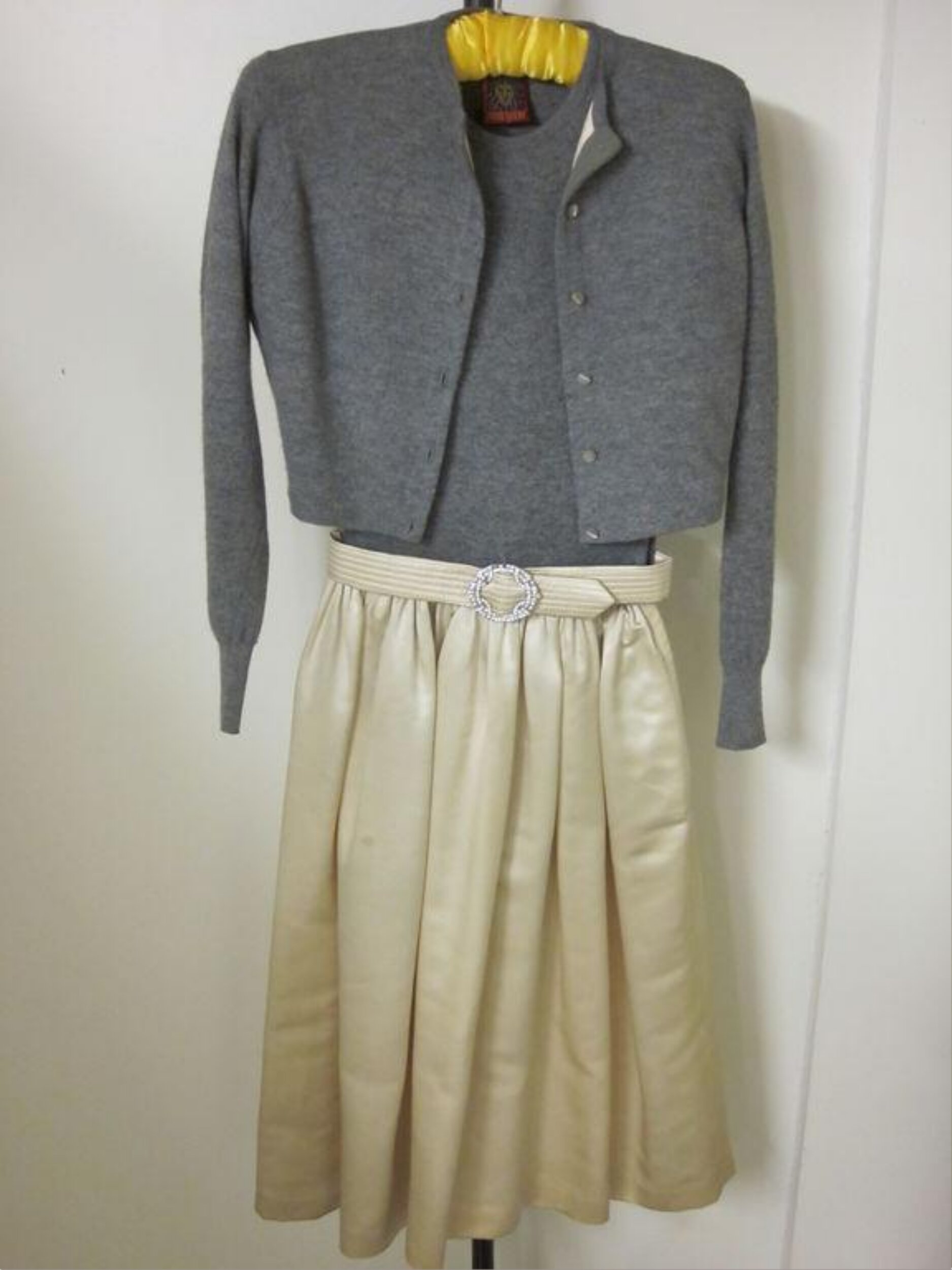
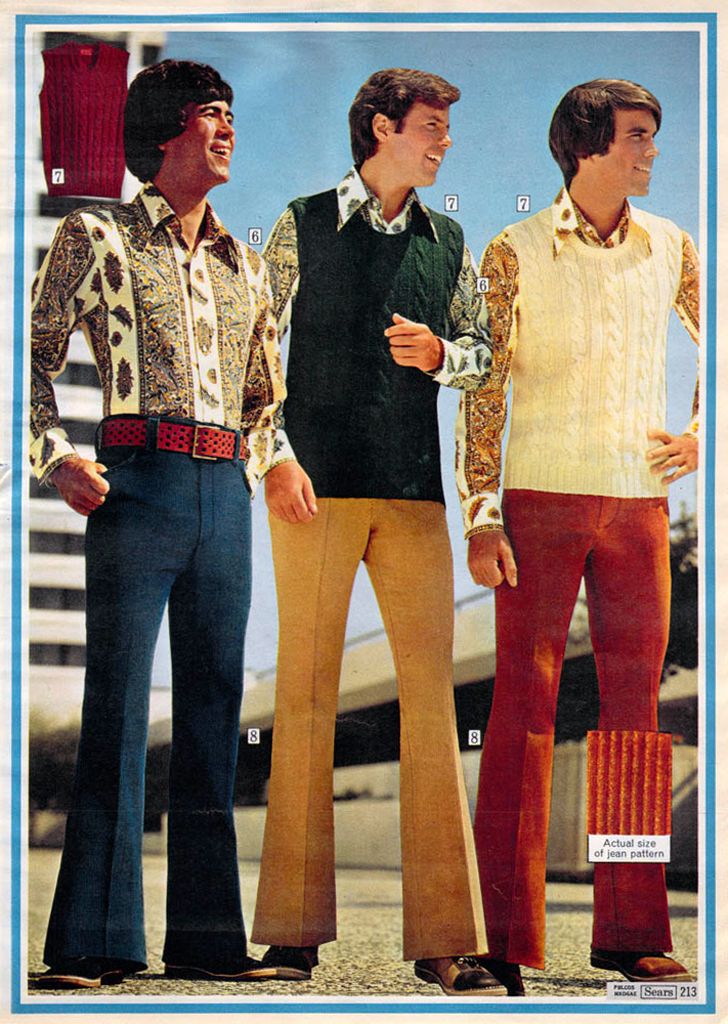
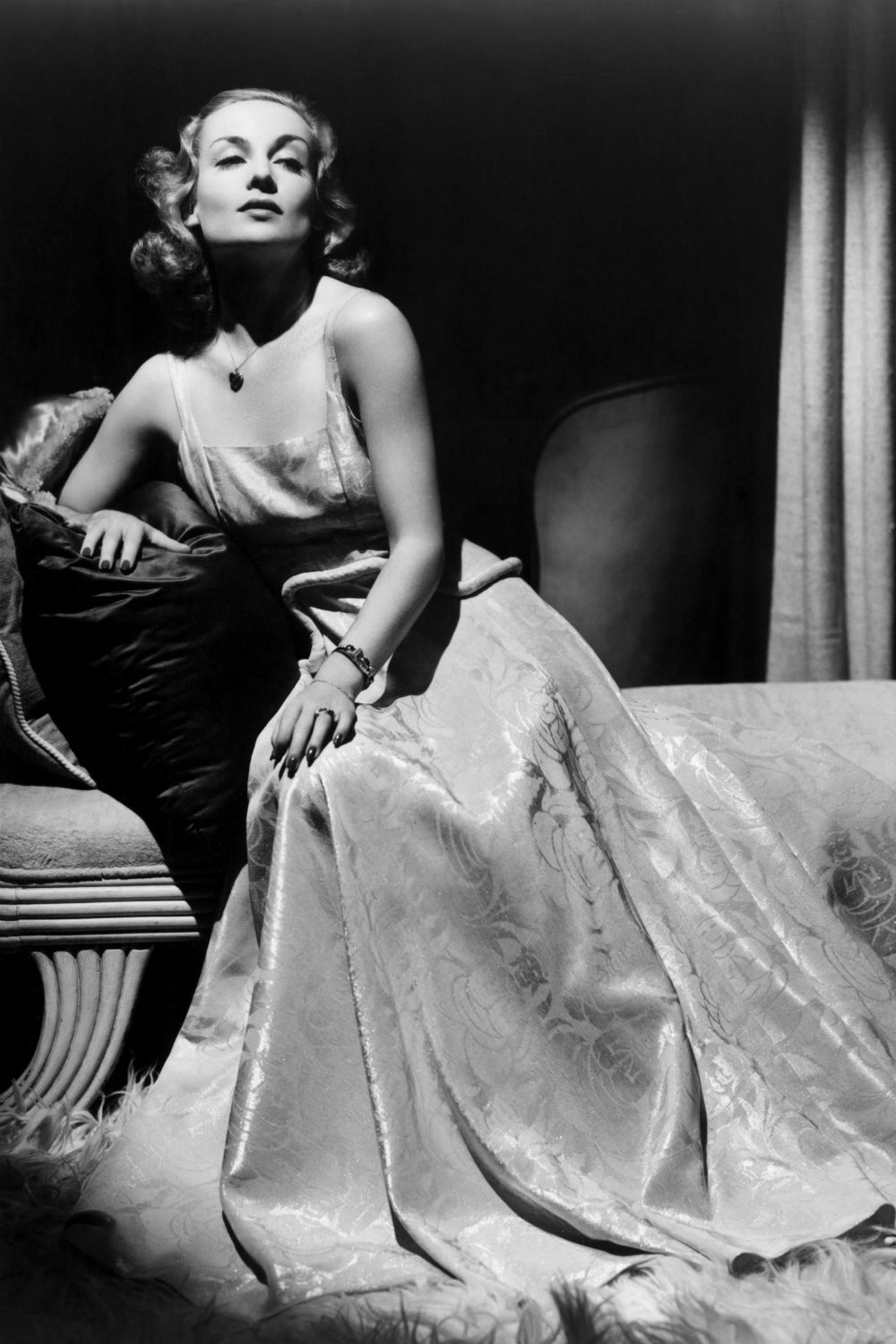
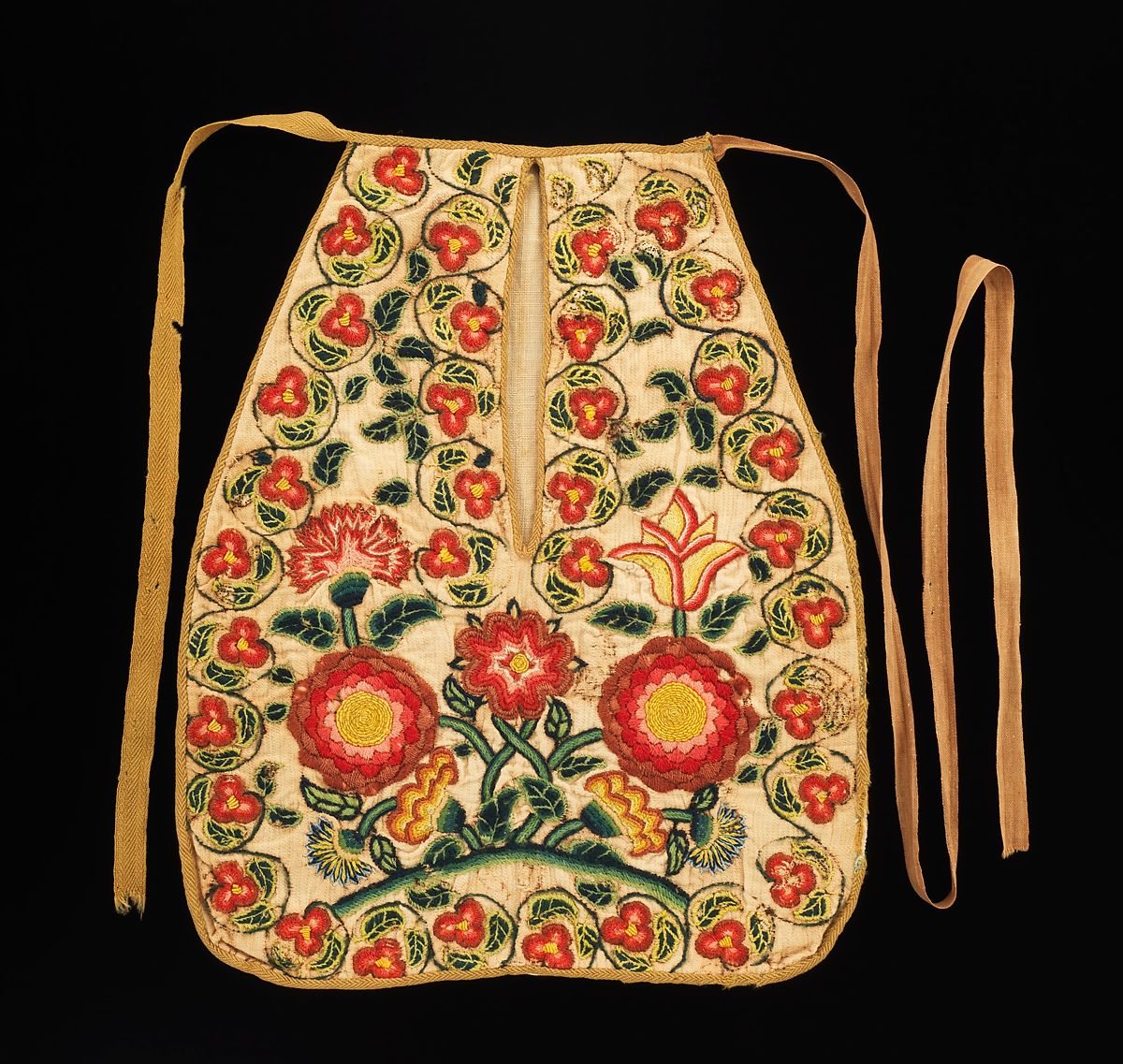
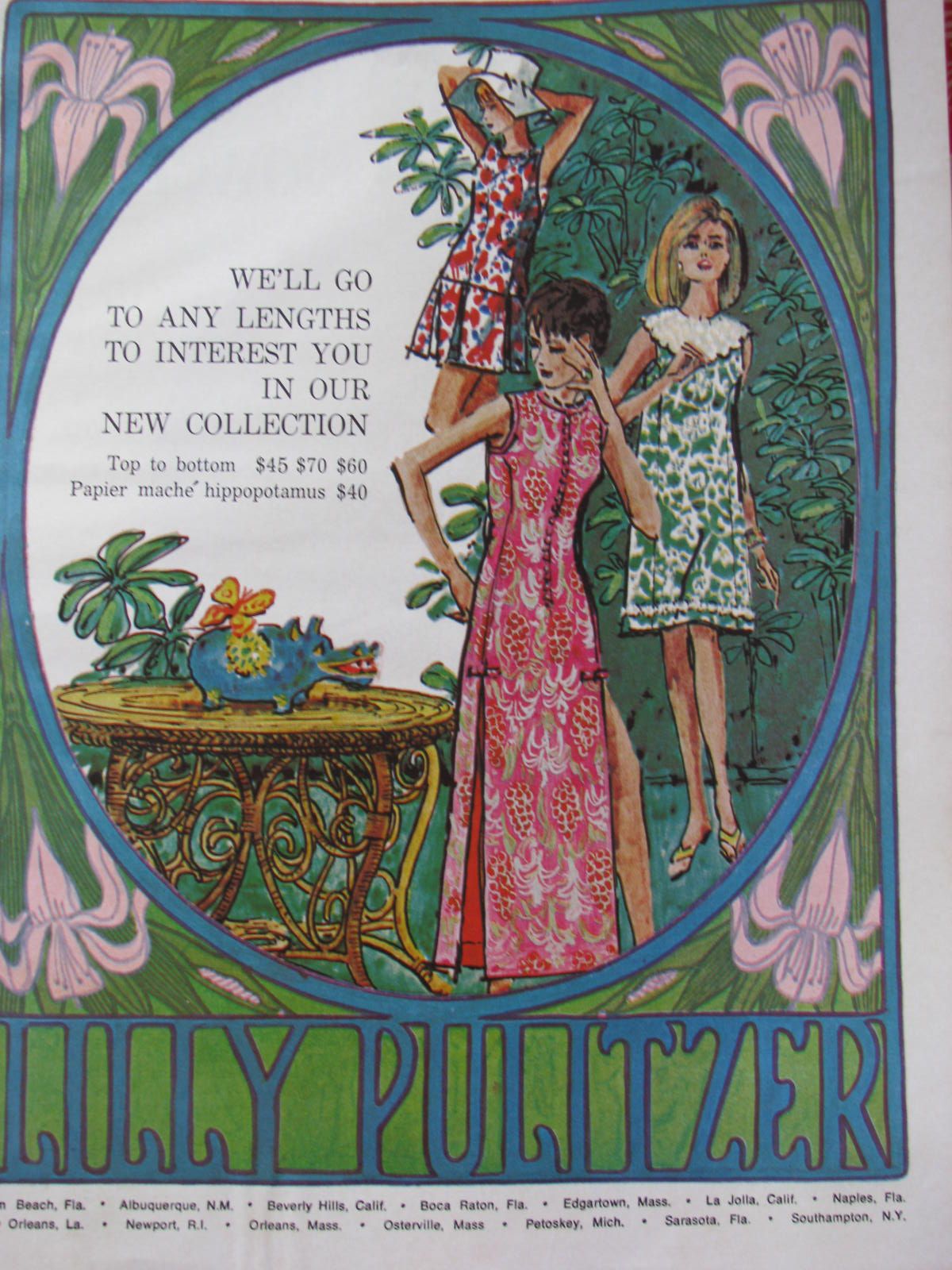
Despite easily-available washing machines, one seldom sees white on a tube (subway) in England. The economics of keeping whites white may still have validity where there is slush and snow!